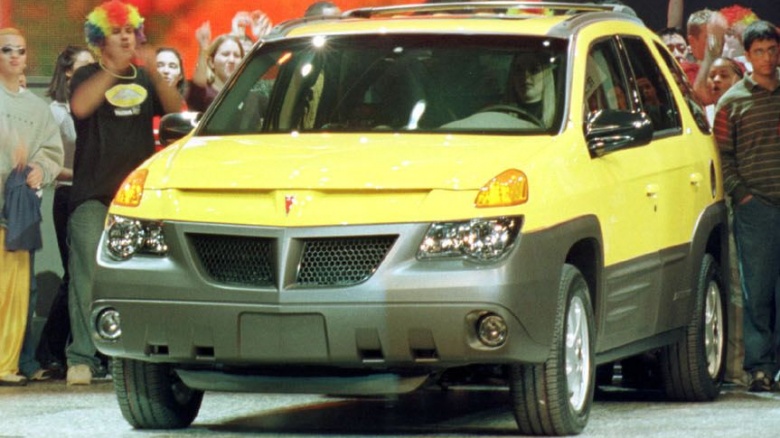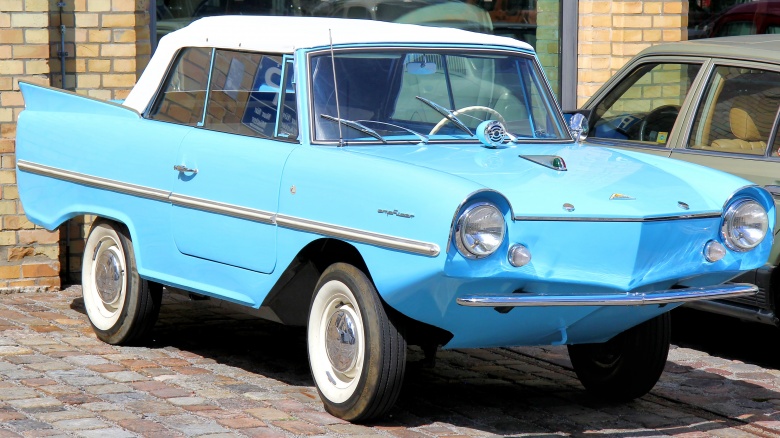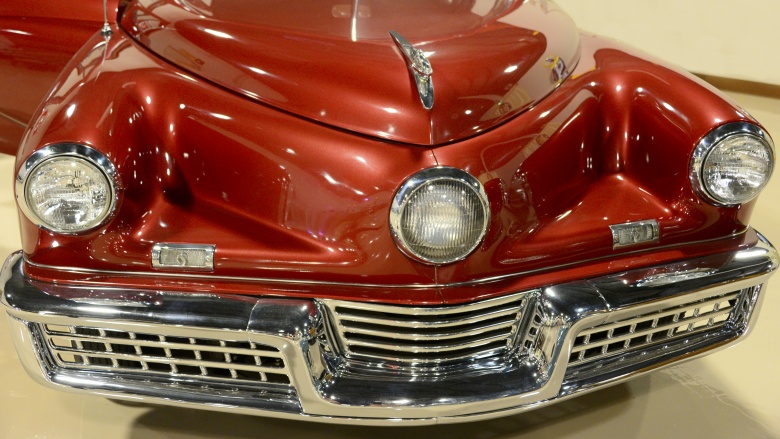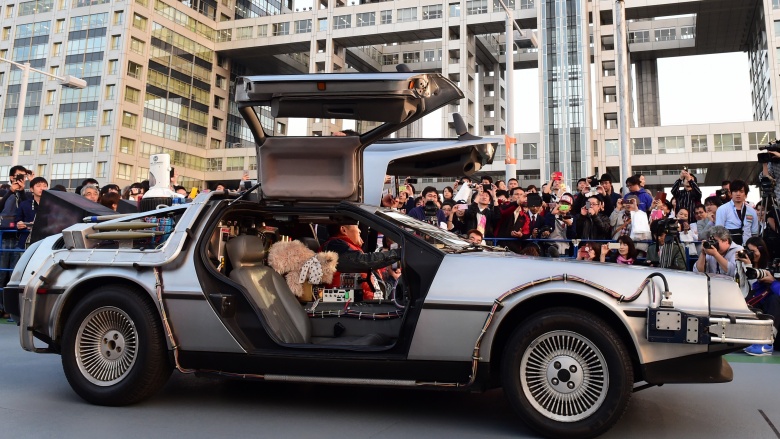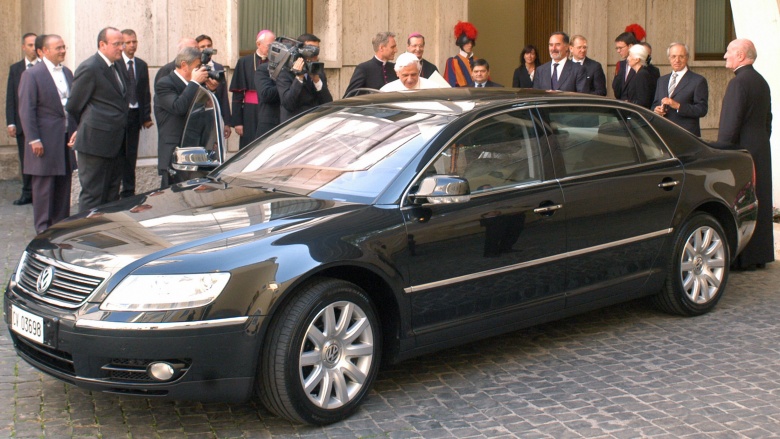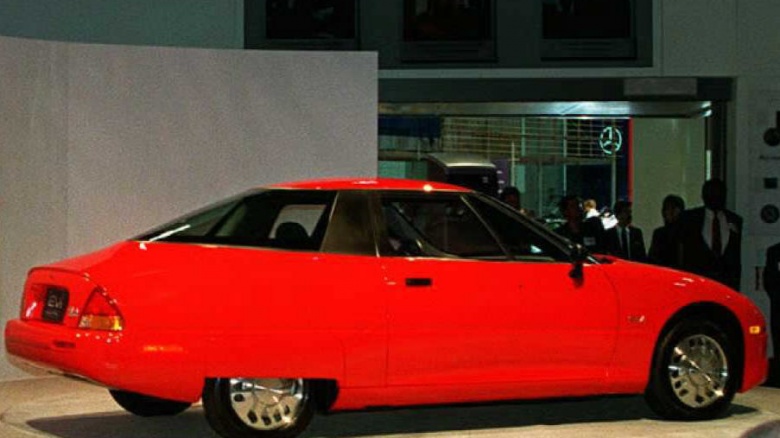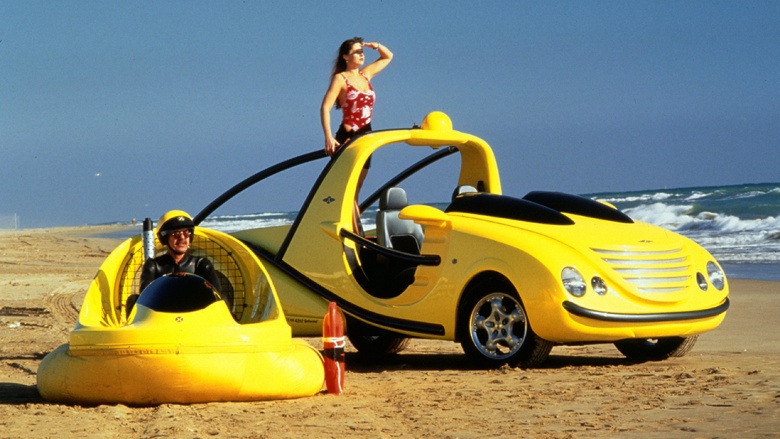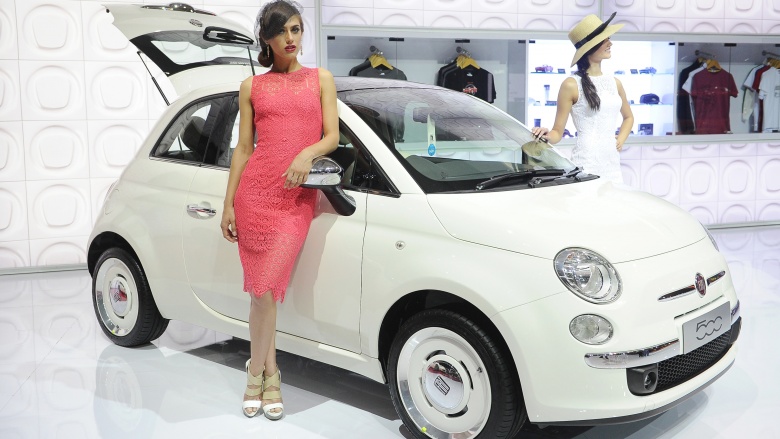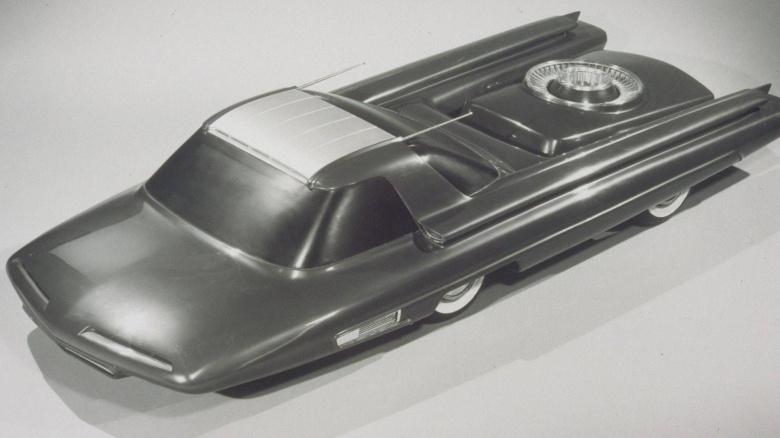Awesome Cars We're Surprised Never Caught On
Every year in America, people buy hundreds of thousands of new cars. And almost all of those cars are really boring. Minivans, station wagons, economy cars with good gas mileage—you know, practical cars. Why? Well, it might be because whenever a company goes out on a limb and makes a really awesome car, it seems to disappear immediately. Sure, there's something to be said for boring, but there's more to be said for fun. So why haven't more cool cars become popular? We're not sure, but here's a look at some of the awesome cars we're surprised never caught on.
Pontiac Aztek
It seemed like a good idea at the time because it was. When the Pontiac Aztek debuted in 2001, it revolutionized the embryonic SUV market with innovations both useful (cargo nets, built-in beverage cooler) and weird (seat-mounted backpacks), as well as weirdly useful (the whole thing transformed into a camper?). And the car was a hit with just about everyone who bought it, earning the highest Customer Satisfaction score of any vehicle in its class. Unfortunately, the Aztek had one problem: it was hideously ugly, so hardly anyone ever found out just how cool it really was. The good news is, people are catching on now, thanks in part to the car being showcased on Breaking Bad. But it's a decade too late; the Aztek ceased production in 2005.
Amphibicar Model 770
It's a car that turns into a boat when you drive it into the water. Seriously. And this isn't, like, some joke car from an episode of Archer or something. Beginning in 1961, the Amphibicar Model 770 was available to the general public, and stayed in production until 1968. Sure, the Amphibicar had some drawbacks, most notably the fact that it occasionally wasn't quite as watertight as it maybe should have been. And, yes, it only traveled a modest seven miles per hour in the water. And then there's the flood of bad publicity, like when Time magazine stated it "promised to revolutionize drowning." But still. It's a car. That turns into a boat. Why didn't this catch on?
Tucker 48
The Tucker 48 was a legendary piece of automotive engineering. Developed by Preston Tucker for his nascent Tucker Car Corporation in 1948, the aptly named Tucker 48 introduced innovations that we're still using today, including directional headlights, collapsible steering columns, roll bars, and a lockable parking brake. Unfortunately for America, the big automakers of the day conspired to crush Tucker, fearing competent competition. Buried by a smear campaign and spurious legal actions, the Tucker 48 was shut down before most people ever had a chance to buy one. Score another win for the bad guys.
DeLorean DMC-12
The DeLorean DMC-12 is a case of being just a little bit too far ahead of your time. Which, of course, is ironic given its main claim to fame is going back in time in the classic 1985 film Back to the Future. Unfortunately for car enthusiasts, the company had already ceased production of the DeLorean DMC-12 in 1983; if DeLorean had only been able to stick it out two more years, the massive popularity boost from the film might have saved the company. Who knows? We could all be driving gull-wing space cars right now if not for a quirk of timing.
VW Phaeton
Volkswagen has long had a sterling reputation for reliability and practicality. But back in 2002, the company had a crazy idea: what if they combined their engineering prowess with high-end luxury? The result was the Phaeton, a car designed specifically to compete with BMW. It had everything, except for one little detail: American buyers couldn't wrap their heads around the idea of a luxury VW. The guys that invented the punch buggy? Luxury cars? Head hurts, cannot compute. As a result, while Volkswagen continued making the Phaeton, they stopped bothering to send any to America in 2005. This is why we can't have nice things.
General Motors EV1
These days, electric cars like the Tesla and hybrids like the Prius are all the rage, as they are cheaper to operate and safer for the environment. It's a win-win for everybody! Everybody except, you know, car companies who are in bed with Big Oil. That's the reason the General Motors EV1 never caught on. Introduced back in 1996, the EV1 was wildly popular with the few people who were able to lease them.
However, notice the word "lease." GM was desperately trying to convince the government that nobody wanted to buy the car, so they rigged the game by simply not allowing anyone to buy it. When the leases were up, GM seized the EV1s and smashed them all, literally destroying all evidence that there was any demand for them, a cynical travesty explored in the film Who Killed the Electric Car? Maybe if they had developed it instead, GM would be on top of the electric car industry now instead of relying on government bailouts to stay solvent.
Rinspeed X Dream
Boy, if you thought the Amphibicar was awesome, wait until you get a load of the Rinspeed X Dream. Sadly, the X Dream never made it past the concept stage, but it's beyond me how the public didn't demand for it to go into production. Debuting at car shows in 1999, the X Dream was a high-powered open top pickup truck capable of hitting speeds of 147 mph. It was also capable of something significantly more awesome, though: at the press of a button it could deploy a friggin' hovercraft. Yes. It's a pickup truck with a detachable hovercraft. You know how people always complain that we don't have those jetpacks we were promised? Well, once upon a time we had the chance to get a car that transformed into a hovercraft, and we passed on it. So whose fault is it really?
Fiat 500
The absurdly cute Fiat 500 is kind of like the Mini Cooper, only smaller, cheaper, and significantly less popular. Industry wonks pin the Fiat 500's disappointing sales on the unexpectedly low gas prices we've been experiencing recently, which they say are driving people to buy bigger cars instead. To which I say, whatevs, bro. The Fiat 500 is fantastically practical for city life, fun to drive, and even comes in an electric model if you're into that sort of thing. The only way it could be more perfect for our times is if it also had a deployable hovercraft. Of course, it's still possible the Fiat 500 might catch on, but given that Fiat's answer is to try and pander to American interests by introducing an SUV version, which defeats the entire purpose, I'm not betting on it. Move over, Aztek, you're about to have company on the shelf.
Ford Nucleon
Okay, so full disclosure: I'm actually not surprised the Ford Nucleon didn't catch on. But it's just so awesome I had to include it, because once you get a look at this bad boy, you're going to wish it had caught on too. So what was the Nucleon? As the name implies, it was Ford's 1958 prototype for a nuclear powered sedan. Yes, instead of gas, it would run for thousands of miles on just a tiny piece of uranium using a compact nuclear reactor. What could possibly go wrong? Needless to say, the car never went into production. Otherwise we'd all be dead. It did, however, inspire the cars—and much of the world—in the hit video game series Fallout. Keep dreaming big, car companies. Just try not to destroy the world while you're doing it.

